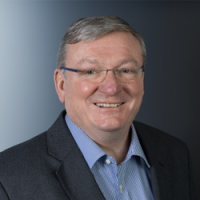NUGENIA
The Nuclear Generation II & III Alliance (NUGENIA) is dedicated to the R&D of nuclear fission technologies, with a focus on safe and efficient operation of Gen II & III nuclear plants.
Scope of our activities
NUGENIA covers 8 main technical areas:
Governance
NUGENIA is managed by a Coordination Board which gathers at least twice a year the seven technical areas and their deputies.
NUGENIA Chairman
NUGENIA documents
- NUGENIA Vision paper (September 2023)
- NUGENIA Vision (June 2021)
Projects
You can find all NUGENIA projects in our SNETP project portfolio.

